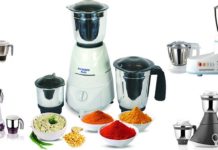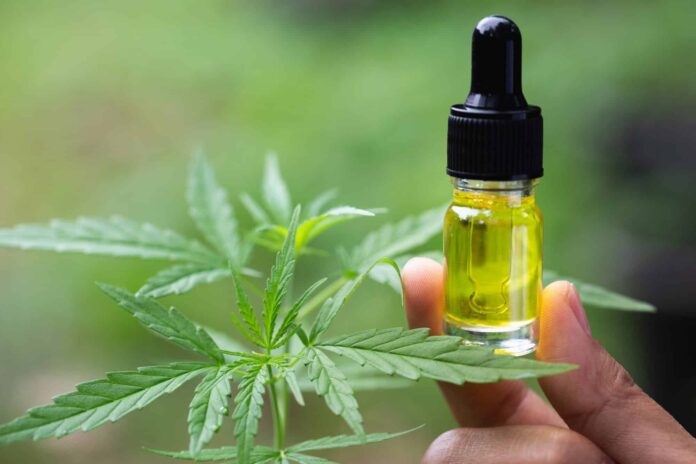
While strolling in health store aisles or scrolling through endless online storefronts, you’ve probably seen “third-party tested” stamped across nearly every CBD product. This phrase is meant to be an assurance in a crowded market, but it’s often just confusing. As you scan QR codes and skim the bolded print, do you understand what you’re looking for?
The truth is, without a clear understanding of lab results, you can barely scratch the surface of what makes a CBD product genuinely safe and effective. But you don’t have to take a leap of faith based on what the labels claim anymore. Decoding these results is easier than you might think, and it’s about to become your secret weapon in selecting the best CBD product for your needs.
Table of Contents
How to Read and Understand CBD Lab Results
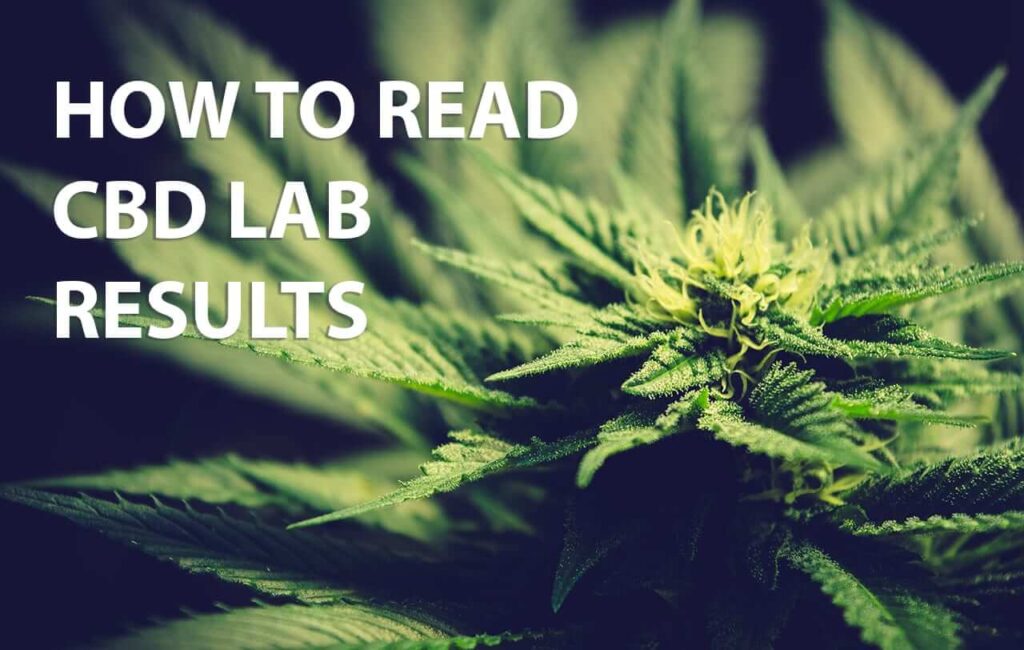
When you see a product labeled “third-party tested,” it means it’s passed through an accredited facility, such as ACS Lab for certified hemp testing, and has been impartially assessed for quality and safety. What you should do next is ask for a Certificate of Analysis (COA) which should be readily provided either in the product packaging or via a QR code. You can also visit the brand’s website where most reputable companies will post their COAs for each batch of products.
A Certificate of Analysis is a document issued by an accredited lab, that details the contents of a product: from potency to impurities. Let’s break it down:
Batch Information
This is your product’s ID. The batch number links your product to specific test results, assuring you that what’s on the label matches what’s inside. For manufacturers, it’s a way to maintain quality control, and for you, it’s a line of defense against inconsistency and a guarantee that each bottle is part of a carefully monitored group.
Testing Lab Details
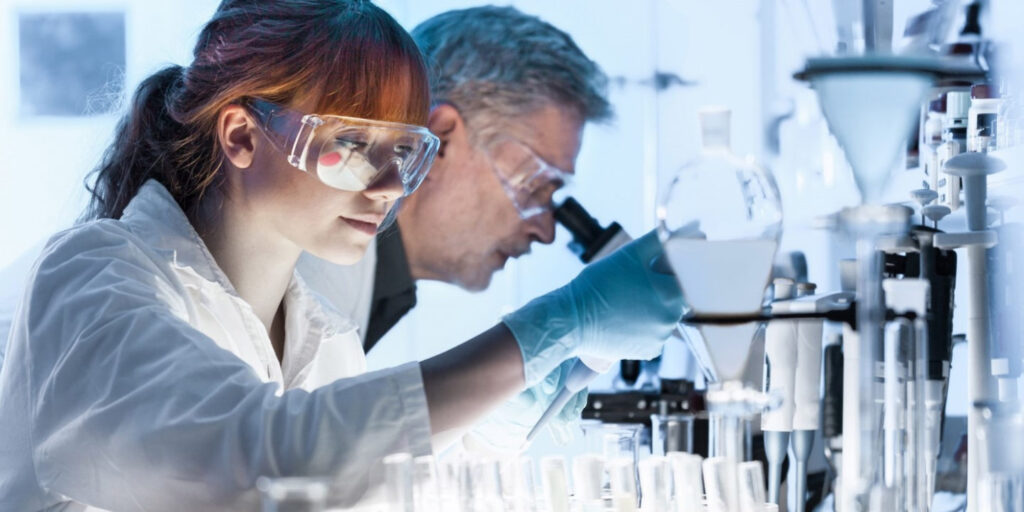
Knowing the who is as important as the what. Details about the lab give you the who—ensuring that an impartial, third party has examined the product. You should confirm that the lab that performed the testing is accredited and independent to ensure unbiased results.
Cannabinoid Profile
This is probably the most important part of the COA, especially if you’re after effectiveness! This section details the concentration of the CBD so that you’re getting exactly what you signed up for.
However, the cannabinoid profile is not just about the CBD. It also lists all the cannabinoids present in your product and their proportions.
For instance, if you’re looking to avoid THC due to its psychoactive properties or due to legal restrictions, this part of the report is crucial. You’ll want to check whether the cannabinoid profile aligns with the product’s labeling claims, ensuring that the THC content is within the legal limit, and the CBD levels match up to what’s promised on the bottle.
Terpene Profile
Terpenes aren’t just about aroma; they can also affect how a product works. This part of the COA lists which terpenes are in the product and in what concentration. Each terpene has its unique benefits, and knowing their levels can help you choose a product that’s tailored to your needs.
Pesticide Analysis
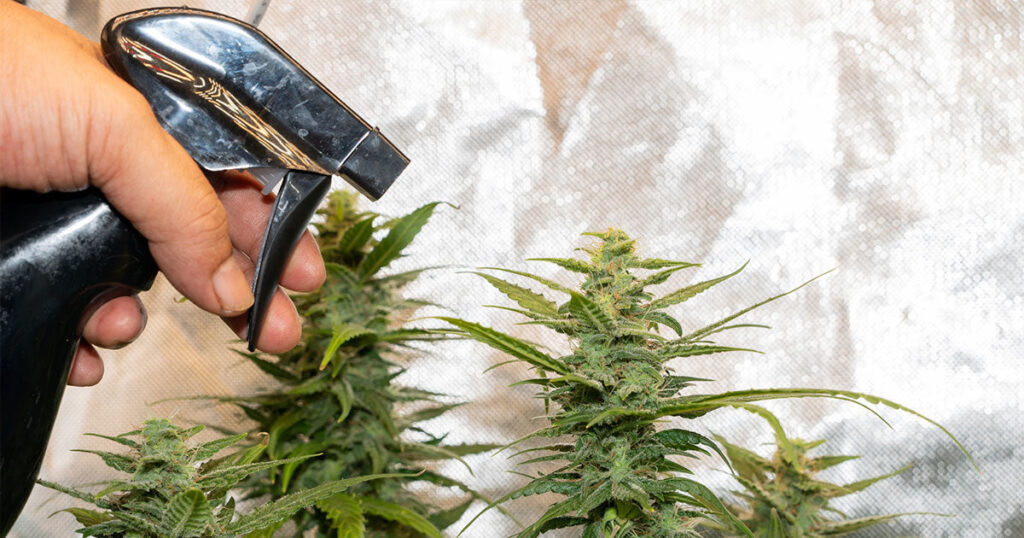
In this section, the COA should list all pesticides tested for and confirm that none exceed the maximum residue limit. It’s essential because even trace amounts of some pesticides can be harmful over time. The pesticide analysis should show a clear “Pass,” meaning the product contains no harmful levels of pesticides.
Heavy Metals Screening
Heavy metals can be inadvertently introduced to CBD products during cultivation or production. This section of the COA details the levels of heavy metals tested for like lead, arsenic, cadmium, and mercury, and compares them with safety standards. The acceptable levels should be well below any threshold that could pose a risk to your health.
Contaminants Screening
Solvents used in the extraction process should be completely removed from the final product. This screening verifies just that. This section is a final check, a stamp of purity, confirming the product is clean and consumable. Again, you want to see “Pass,” indicating that the product is free from any contaminants that could harm your health.
Why You Need to Read & Understand the CBD Lab Results
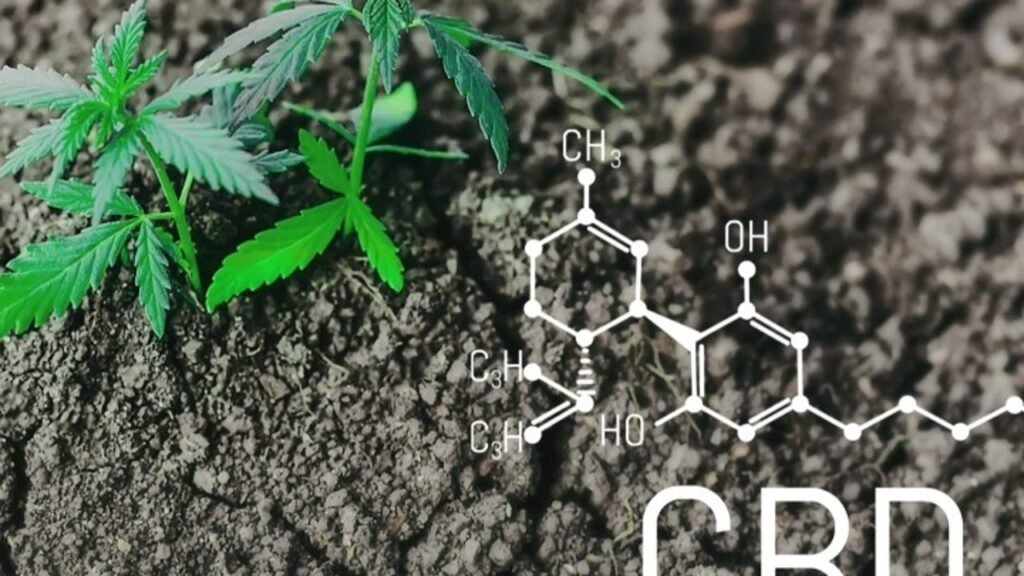
Potency Matters
The potency of a CBD product directly impacts its efficacy. A product that contains less CBD than advertised won’t provide the expected therapeutic benefits, and one with too much could lead to unwanted side effects. Understanding the potency section of the lab results ensures you’re getting the correct dose for your needs.
Safety is Paramount
CBD products should support your health, not compromise it. The safety sections of the COA—pesticide analysis, heavy metals screening, and contaminants screening—confirm that you’re not consuming harmful substances. This is especially crucial for long-term users who want to avoid the cumulative effects of ingesting trace toxins.
Legality and Compliance
With varying regulations around THC content in CBD products, it’s important to ensure you’re on the right side of the law. In most jurisdictions, the legal threshold for THC in CBD products is 0.3%. The lab results provide documented proof that the product you’re using meets these legal standards.
Knowing how to read and understand CBD lab analysis is not only necessary for making an informed choice. It also helps contribute to a higher standard in the CBD industry. This knowledge allows you to demand better products, shaping the market to be more transparent and consumer-friendly.


